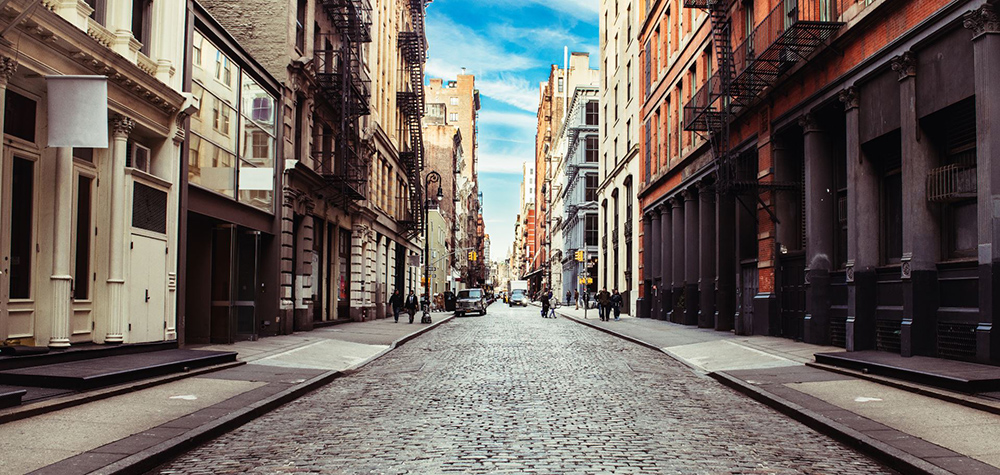By: Tessa Mae Jones
Who better than the 168-year-old New York Times to help put New York City’s transformations into perspective.
Writer Ginia Bellafante wrote yesterday that the Big Apple’s changes over the past decade have been “profound. Not everything was so predictable, although predicting a Mike Bloomberg presidential campaign would have probably been a safe bet.”
Bellafante put together a list of nine ways New York has changed, and it is instructive for all those who live and do business there to ponder them. The list includes:
* The retail landscape was so thoroughly eviscerated that you actually mourned the loss of places you used to hate. “Between 2007 and 2017, vacant retail space in New York City increased by 5.2 million square feet. During that time, retail rents rose by 22 percent on average,” Bellafante noted. “So, much of what you used to love — diners, bike shops, tailors, hat stores, delicatessens, art-supply stores, bistros — disappeared.”
It was, the piece continued, “all so dispiriting that, over the past few years, you found yourself feeling wistful when you heard that, say, Barnes & Noble was closing some stores — even though you couldn’t stand Barnes & Noble when it started replacing independent book shops. You were undone when you heard that the Coffee Shop on Union Square was shutting down, forgetting how snobby and exclusive it was when it opened, and how it didn’t want you anyway.”
* A hip-hop musical about the nation’s first treasury secretary reignited Broadway. “When “Hamilton” debuted on Broadway in 2015, it not only brought heaps of money to a stagnant industry, it also attracted a new kind of audience member: a younger one,” Bellafanta wrote. “By the 2017-18 theater season, the average age of the Broadway audience was 40, the lowest it had been in nearly two decades. Dick Cheney loved “Hamilton,” but so did teenagers, first graders, their babysitters and so on.
* A devastating natural disaster couldn’t sedate the obsession with waterfront development. “In 2012, Hurricane Sandy tore through the city, killing 44 people and leaving billions of dollars of damage. The recovery effort was slow going — five years out, many houses were still in shambles.
The storm, the Times recalls, “was meant to be a reckoning about the city’s environmental fragility, but the shoreline continued to sprout high-rises. There would be few solutions, and mostly workarounds, like mechanicals put on top of buildings, or in the middle of them, instead of on the ground floor. In Manhattan, this need for rearrangement has been exploited by developers who claim they require more floors for mechanicals than they do.




